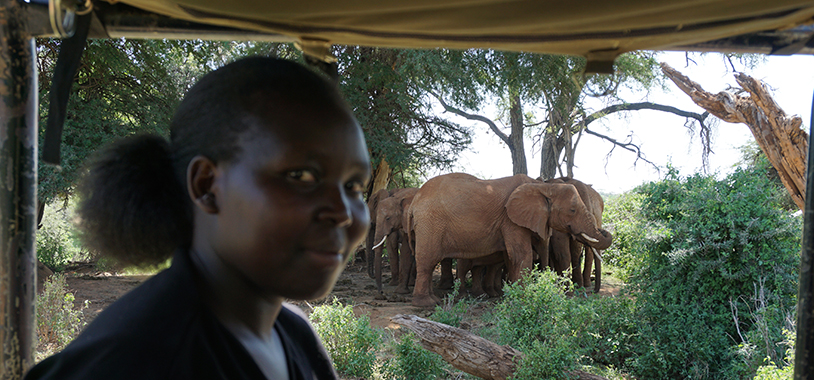Can you imagine being several miles away from your home, but still be able to view it from that far away?? The answer is definitely YES!! Thanks to GOOGLE EARTH.
Google Earth is a virtual globe, map and geographical information program. It maps the Earth by the superimposition of images obtained from satellite imagery, aerial photography and the geographic information system (GIS) 3D globe. Google Earth lets you fly anywhere on Earth to view satellite imagery, maps, terrain, 3D buildings etc.
A boma is a modular style of architecture that keeps families and their livestock safe. A boma is entirely organic, the sticks used for walls are the right type that when used green they harden without snapping, the roof is made from a mixture of cow dung, ash, and earth found at the base of termite hills where the consistency is similar to clay. The entire structure is made with a panga (a traditional knife).
Bomas (i. e enclosures, walls and shelters) have minimal impact on the environment and can be built in a day, while houses take between one and two weeks. The Samburu are semi-nomadic, so they might stay in one boma for months at a time, and then get up one morning, pack everything up, and leave. Boma mapping is very important in monitoring change in boma distribution, as well as possible causes of that change. It also plays a role in understanding the population density and the distribution of resources in a region.
Boma mapping is accomplished by the use of Google earth. The green rows and columns shown on the Google Earth screen contain grids that have information required for mapping as shown in the photo below. However, although sometimes they lack such information and are thus ignored.
After identifying the row you want to work on, the next step involves zooming in to the exact grid as shown in the photo below.The grid then displays existing bomas, depending on the date and time that the image was captured by satellite.
The final step is to digitize the individual bomas and save them under ”my places” as shown below.
The process is repeated until all bomas in the grid have been digitized. Then you move into a new grid following the same procedure. It may seem very tiresome to someone not used to GIS, but to a GIS expert or analyst the process is really fun, as it is just a matter of playing around with the software and performing necessary updates.
Apart from this exciting exercise, as an intern at Save the Elephants, I help with long-term monitoring (LTM) of elephants, mammal censuses, data entry and data cleaning. Thanks to the STE team for introducing me to these activities!





